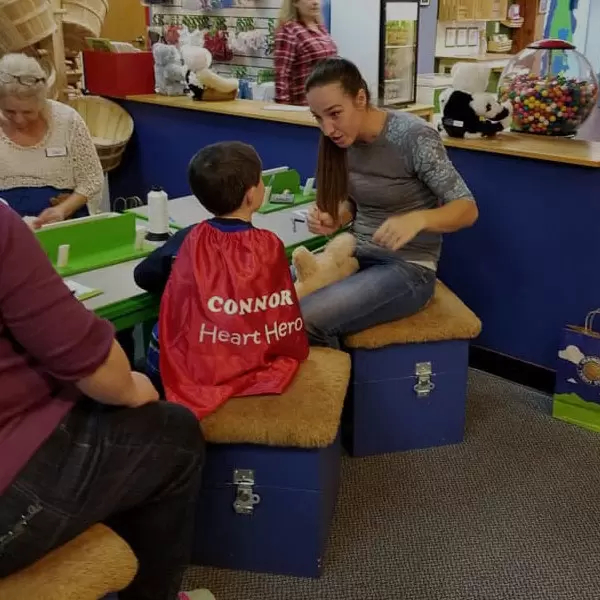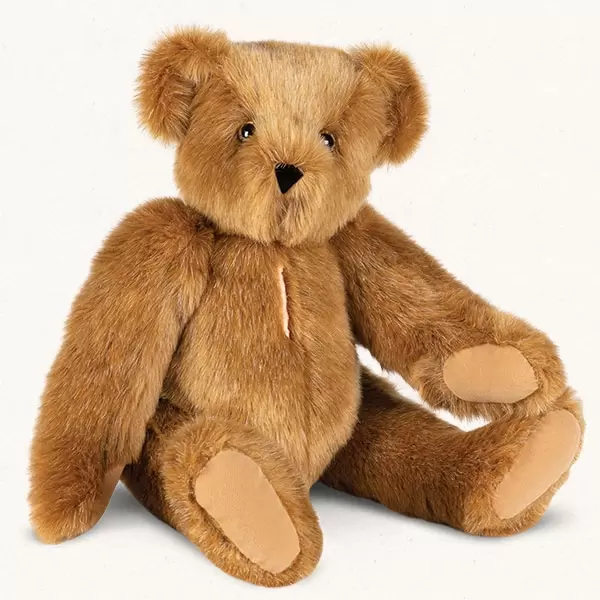
Startling these twins could put their hearts at risk
Katie and Lance Cox were watching TV one evening, their infant twins Carter and John asleep nearby, when Katie dropped the remote control. As it clattered across the floor, the couple froze, staring terrified at one another.
They weren't worried about the remote. They were concerned that the noise would startle their babies to death.
That's what life is like when doctors say your newborns have only a 50 percent chance of surviving to their first birthday.
Carter and John were each born with a heart defect called long QT syndrome that can cause the heart to go into an irregular rhythm and could even lead to sudden cardiac arrest.
"So, we've got to keep things calm and quiet around the house," Katie said.
That means no playing peek-a-boo, Katie and Lance turning their phones to silent and telling friends and family not to ring the doorbell at their home in Heber Springs, Arkansas.
They also put box fans in their rooms as white noise to mask any loud, sudden noises.
The term "long QT" refers to an abnormal pattern seen on an electrocardiogram, a test that detects and records the heart's electrical activity. With each heartbeat, an electrical signal spreads from the top of the heart to the bottom. As it travels, the signal causes the heart to contract and pump blood. An EKG records electrical signals as they move through the heart. Data from the EKG are mapped on a graph, and each heartbeat is mapped as five distinct electrical waves: P, Q, R, S and T.
The day after Carter was born, her heart rate dropped precipitously, so the doctors gave her an EKG. The results led to her diagnosis of long QT syndrome. Because the condition is often hereditary, they also gave John an EKG. He had the condition, too.
"The doctor told us, 'Take them home and love them as best you can. And do everything you can to keep them alive,'" Katie said.
The twins were in the hospital for 10 days, but before they were discharged, everyone in their extended family had to learn CPR.

Twins Carter (left) and John Cox were born with a heart defect that could cause cardiac arrest. (Photo courtesy of the Cox family)
Now 3, they still don't go anywhere without their own AED, or automated external defibrillator, that could jump-start a stopped or irregularly beating heart. Katie carries two – one for each child.
Katie said she was so on edge during those first weeks that she spent most of the night staring at the baby monitor, listening to make sure they were still breathing.
"You have to stop," Lance told her. "If something's going to happen, it will happen. God has a plan for them."
Making a Difference
Vermont Teddy Bear is collaborating with the American Heart Association to promote heart disease awareness, prevention and sense of community for all those affected. The "Love Your Heart Bear" is designed with a scar down its chest to honor those affected by heart disease, and 20% of proceeds are donated directly to the American Heart Association.
